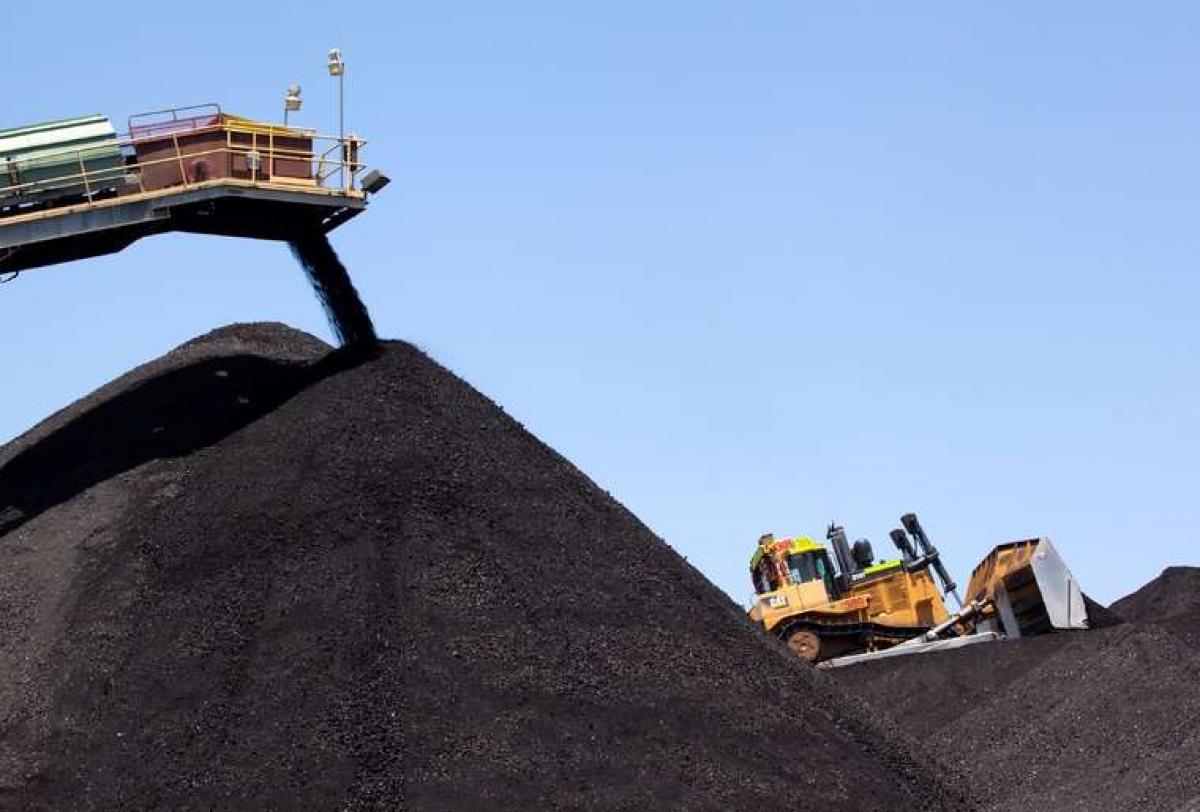Arch Coal, one of the biggest coal companies in The United States, entered Chapter 11 Monday morning, Jan 11. A prominent law firm, Davis Polk & Wardwell, will be taking it through the process, as will financial advisor PJT Partners.
Arch (NYSE:ACI) hit its recent high stock price on August 31, when it closed at $9.31. By the end of September, it was at $3.30, and by the end of October at $1.50. Things got no better from there. The court filing indicates balance-sheet equity of negative $700 million ($6.5 billion in debt and $5.8 billion in assets).
There isn’t a lot of mystery about what has happened in the U.S. coal industry in recent years. Concern about global warming, and the regulations that such concern has or will engender, has pushed many energy producers away from coal, especially toward cheap natural gas. Although it is true that speaking globally coal still generates more than 40% of electricity, in the U.S. that number is below 30% now.
“Ah” you say, “but the generation of electricity isn’t the only thing coal is good for.” True. But not comforting. After all, the other big item on the demand side is the production of steel. And China’s industrial slowdown has meant a major downward pressure on prices there too.
Environmentalism and Irony
Three major U.S. coal companies filed for bankruptcy court protection within 2015: Patriot, Walter Energy, and Alpha Natural Resources. So this filing by Arch early on in 2016 emphasizes just once again how the whole industry consists of the ‘troubled waters’ in which only the brave investors/traders will fish.
There’s some irony there. Although environmentalists are happy to celebrate the demise of King Coal, they have hardly shown any enthusiasm for NG as its replacement. NG, after all, is the stuff one gets via fracking. And it is due to the new ease of the controversial practice of getting gas out of dense rock that the price of natural gas fell 75% between 2008 and 2013, putting this pressure on the coal business.
As to pensions, Arch is not part of any multi-employer pool. It has gone its own way, and at the end of 2014 its benefit obligations exceeded $353 million. In a letter to retirees about its bankruptcy filing, Arch sounded re-assuring, as such managements in such circumstances must. “We fully expect to continue providing retirees their usual benefits….If any changes are made that affect you or your specific benefits, you will be notified in a timely manner.”
The Last Month
In mid-December Arch entered a 30-day grace period under the provisions of its indenture agreements with debt holders, thus extending the deadline on $90 million in interest payments that would otherwise have fallen due Tuesday, December 15.
The announcement of this filing is bound to stoke controversy about Arch’s claims that it will be in a position to continue operations, business as normal, throughout the reorganization. The company says that a DiP loan, along with its existing cash reserve and such cash as ongoing operations will generate, will suffice to support “normal mining activities and to meet its obligations in the ordinary course.” Maybe.
The Powder River Basin Resource Council and the Western Organization of Resource Councils, among others, can be expected to dispute this. A coal company’s “ordinary course” includes reclamation costs, after all. On December 16, just after Arch entered the 30 day grace period, both of those councils filed formal complaints with the U.S. Office of Surface Mining Reclamation and Enforcement, alleging that Arch Coal as a parent company, and two of its subsidiaries, were operating without the sufficient reclamation bonding that the law requires of surface coal operations.
Reclamation responsibilities are, one might say, Too Big To Fail. Indeed, that is one of the issues that the bankruptcy filing raises. Is the financial weakness of Arch such as to push on to state and federal taxpayers the obligation to reclaim the land Arch has been exploiting?
On Sunday, January 10, the day before the bankruptcy filing, the website of the Institute for Energy Economics and Financial Analysis ran an analysis of the U.S. coal industry written by Tom Sanzillo, the IEEFA’s director of finance. Sanzillo recommends to the coal companies that they “stop digging” literally and figuratively. They are in a hole that they can only escape if they cut way back on operations, reducing coal stockpiles, thus accepting “the reality of shrinkage” and creating some upward pressure on their commodity’s price for once.




